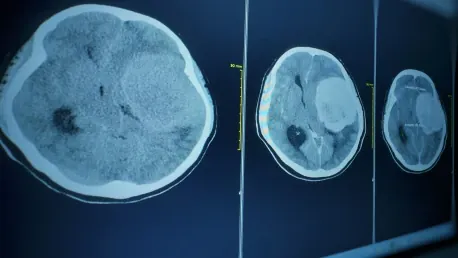The advancements in nuclear imaging techniques and the introduction of treatments to decelerate Alzheimer’s progression have spurred significant updates to the appropriate use criteria (AUC) for amyloid and tau PET imaging. These updates, the first in over a decade, reflect collaborative efforts by the Society of Nuclear Medicine and Molecular Imaging (SNMMI) and the Alzheimer’s Association. The original guidelines, established in 2013, have been thoroughly reassessed to incorporate recent scientific progress and changes in clinical practice. The updated AUC are not just about determining when these imaging techniques are most useful, but also about when they may not provide additional value.
Enhanced Criteria for Improved Patient Care
The newly revised AUC aim to optimize patient care by assisting healthcare providers in deciding which patients would benefit the most from amyloid and tau PET imaging. These criteria help in determining treatment eligibility and in monitoring therapeutic responses, potentially reducing the dependence on less specific diagnostic tests. The AUC specify 17 clinical scenarios for amyloid PET and tau imaging, categorizing them into appropriate, uncertain, or rarely appropriate situations. These scenarios take into account patient age, medical history, cerebrospinal fluid biomarkers, symptoms, and overall prognosis, providing a comprehensive framework for clinicians. Such meticulous attention to individual risk factors ensures that the imaging is used judiciously and beneficially for each patient.
Specific Guidelines for Amyloid and Tau Imaging
When evaluating the specific guidelines for amyloid and tau imaging, it becomes evident that a detailed and individualized approach was taken. For amyloid PET imaging, the AUC identified seven clinical scenarios as appropriate, two as uncertain, and eight as inappropriate. On the other hand, five scenarios were deemed appropriate for tau imaging, six uncertain, and six rarely appropriate. These distinctions were developed by a multidisciplinary team of experts who meticulously considered individual risk factors related to Alzheimer’s and other dementias. Such detailed categorization aims to make the use of PET tracers more efficient and safer. The guidelines serve to standardize the use of these advanced imaging techniques in clinical settings, making the diagnostic and treatment processes more streamlined and effective.
Impact and Future Directions
The latest updates to the appropriate use criteria (AUC) for amyloid and tau PET imaging, stimulated by advancements in nuclear imaging and new treatments slowing Alzheimer’s disease, mark the first major revisions in over ten years. These updates represent a collaborative effort between the Society of Nuclear Medicine and Molecular Imaging (SNMMI) and the Alzheimer’s Association. The original guidelines, created in 2013, have been thoroughly revised to reflect significant scientific advancements and changes in clinical practice. The new AUC aren’t solely about pinpointing when these imaging techniques are most beneficial but also recognize instances when they may not offer additional value. This dual focus aims to optimize decision-making in clinical practice, ensuring that patients receive the most effective and necessary care based on the latest available science and treatments.









